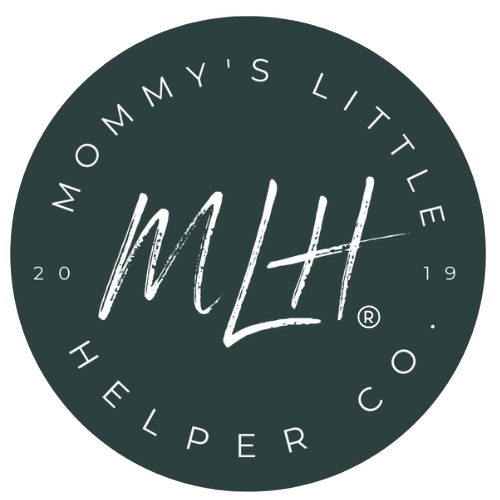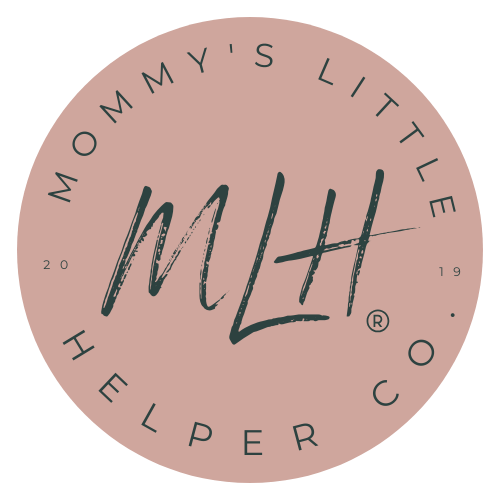
Monkey Bars vs. Pikler Triangle: Which One Fits Your Child’s Needs?
We know firsthand how much heart and thought goes into choosing the right play furniture for our little ones. Two popular choices that many parents debate between are Monkey Bars and the Pikler Triangle. Both are fantastic tools for encouraging movement, building gross motor skills, and fostering independence. But which one is better suited for your child right now? Let’s break down the differences, benefits, and what each option brings to the table.
The Pikler Triangle: Gentle Beginnings
The Pikler Triangle is a simple, triangular climbing frame that has become a staple in Montessori-inspired homes for a good reason: it’s safe, versatile, and grows with your child.
-
Ideal Age: From as young as 6 months (with supervision) to about 4 or 5 years old.
-
How It Helps: Babies can start by pulling themselves up to stand, toddlers learn to climb step by step, and older preschoolers begin experimenting with more complex movements. Add-on ramps or slides make it even more engaging.
-
Why Parents Love It: The Pikler is low to the ground, with wide, sturdy rungs. It encourages gradual development without overwhelming your child or creating unsafe risks.
The beauty of the Pikler is that it respects a child’s natural rhythm. Instead of us “teaching” them how to climb, we provide the environment, and they figure it out on their own. That process builds not only strength and balance but also patience and confidence.
Monkey Bars and Play Gyms: The Next Level of Play
Monkey Bars are what most of us remember from school playgrounds. Only now, they can be scaled to your home in a safer, more age-appropriate design. These are typically a horizontal ladder elevated off the ground, where children swing or climb across using their hands and arms.
-
Ideal Age: Usually 3 years and up, depending on your child’s abilities and comfort level.
-
How They Help: Monkey Bars are incredible for building upper body and core strength, improving grip, and developing hand-eye coordination. They also give kids a sense of accomplishment when they make it from one end to the other.
-
Why Parents Love Them: For older toddlers and preschoolers who are already testing their physical limits, Monkey Bars provide a safe but challenging outlet for energy. They’re also great for indoor play when Canadian winters make outdoor parks less accessible.
Monkey Bars encourage risk-taking in a positive, safe way. Children learn to trust their bodies, experiment with new movements, and keep pushing themselves forward, all essential lessons that carry into every area of life.
Which One Fits Your Child’s Needs?
The decision really comes down to your child’s age, stage, and personality.
-
If your toddler is just starting to pull themselves up, the pikler triangle is the best introduction. It gives them a safe space to practice crawling, standing, and eventually climbing. You’ll see them strengthen their gross motor skills gradually without being pushed into something they’re not ready for.
-
If your child is already scaling the couch, climbing the banister, or showing a fearless streak, the monkey bars might be the better choice. They’ll provide the challenge and excitement your child is clearly craving, while still supporting their development in a safe and structured way.
For many families, the journey doesn’t stop at choosing one or the other. Both have their place, and both can play a role in nurturing a child’s sense of independence.
Recommended Read: How to Encourage Independence in Toddlers for Busy Parents
A Mom’s Perspective
What I love most about both of these tools is that they encourage children to lead the way. Instead of us hovering and directing, they get to explore, test their limits, and discover what their bodies are capable of.
As parents, we often underestimate the emotional growth that comes with physical play. Every time a toddler climbs one rung higher, slides down a ramp, or finally makes it across the monkey bars, they’re building resilience. They’re learning that they can stumble, try again, and succeed. These are life lessons disguised as play.
Final Thoughts
At the end of the day, both are excellent investments in your child’s development. It’s about meeting your child where they are right now and giving them opportunities to grow at their own pace.
At Mommy’s Little Helper Co., we’ve designed our play furniture to be durable, non-toxic, and beautiful enough to fit right into your home. Every piece is crafted with care, because as a fellow mom, I know that what we bring into our homes should help our kids grow while giving us peace of mind. Explore our play furniture collection today.




